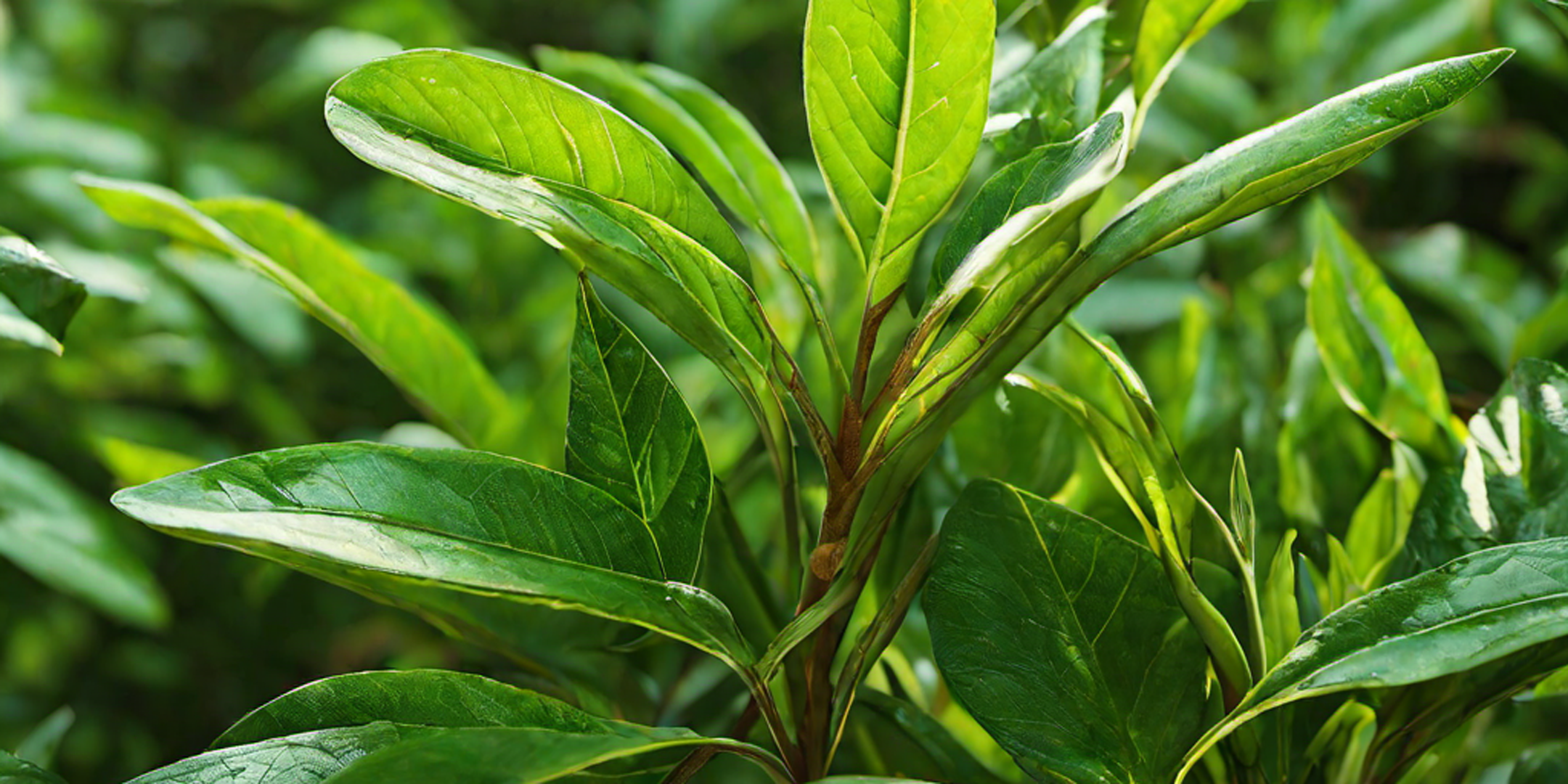As the snow melts and the flowers begin to bloom, tea enthusiasts eagerly await the arrival of spring teas. But what makes these teas so special? The answer lies in the unique characteristics that set them apart from other varieties. In this article, we will explore the distinguishing features of spring teas and why they are highly prized by tea connoisseurs.
The significance of spring teas
Spring teas mark the beginning of a new tea season, and they are highly anticipated by tea lovers worldwide. The arrival of spring brings forth a burst of new life and growth, and the tea plants are no exception. After a period of dormancy during the winter, the tea plants awaken, and the first flush of tender leaves and buds emerge.
The young leaves and buds harvested in the spring season tend to have a more refined taste and a higher concentration of antioxidants. This creates a tea that is not just revitalizing but also provides numerous health advantages. The unique combination of flavors and aromas in spring teas is a testament to the rejuvenating power of nature and the artistry of tea cultivation.
Types of spring teas
Spring teas come in a variety of types, each with its own distinct flavor profile. Some of the most popular spring teas include:
Green teas: Known for their fresh and grassy flavors, spring green teas are prized for their delicate taste and vibrant green color. Some renowned varieties include Longjing (Dragon Well) from China and Sencha from Japan. These teas are often steamed or pan-fired to preserve their natural flavors.
White teas: Considered the least processed of all teas, spring white teas are made from the youngest tea leaves and buds. They are known for their subtle flavors and delicate floral notes. Silver Needle and Bai Mu Dan are two well-known white teas that are eagerly sought after during the spring season.
Oolong teas: With their partially oxidized leaves, spring oolong teas offer a unique balance between the freshness of green teas and the richness of black teas. The flavors range from floral and fruity to toasty and nutty. Popular spring oolong teas include Tie Guan Yin and Dong Ding.
Black teas: While spring teas are more commonly associated with green and white teas, there are also black teas that are harvested during this season. These teas have a robust and full-bodied flavor, often with hints of malt and chocolate. Darjeeling First Flush and Yunnan Gold are examples of exquisite spring black teas.
The unique characteristics of spring teas
What sets spring teas apart from other teas is their distinctive taste and aroma. The young leaves and buds harvested in the spring have a higher concentration of amino acids, which contribute to the teas' sweetness and umami flavors. The cool temperatures and moist climate during spring also enhance the development of complex flavors in the tea leaves.
Additionally, spring teas are usually hand-picked, guaranteeing the selection of only the best leaves for processing. The meticulous attention to detail contributes to their exceptional quality and ensures that every cup of spring tea is a true delight to the senses. Human hands carefully handle the tea leaves, bringing out their beauty and flavor to create a tea that is elegant and refined.
Health benefits of spring teas
In addition to their exquisite taste, spring teas offer a plethora of health benefits. The young leaves and buds harvested during this season are packed with antioxidants, which help to combat free radicals in the body and reduce the risk of various diseases. The high concentration of catechins in green teas, for example, has been linked to improved heart health and a stronger immune system.
Spring teas are also known for their ability to promote relaxation and mental clarity. The combination of amino acids and caffeine in tea has a calming effect on the mind, helping to reduce stress and improve focus. Additionally, the polyphenols found in tea have been associated with better digestion and weight management.
How to brew spring teas
To fully appreciate the delicate flavors and aromas of spring teas, proper brewing techniques are essential. Here are some guidelines:
Water temperature: Different types of spring teas require different water temperatures. For green teas, use water that is around 175°F (80°C). White teas can be brewed with slightly cooler water, around 160°F (70°C). Oolong teas and black teas generally benefit from hotter water, around 195°F (90°C) to 212°F (100°C).
Steeping time: The steeping time changes based on the tea type. Green teas should be steeped for around 1-2 minutes, while white teas may require 2-3 minutes. Oolong teas and black teas can be steeped for 3-5 minutes or longer, depending on personal preference.
Leaf to water ratio: The amount of tea leaves used will depend on personal taste. For an easy rule of thumb, add 1 teaspoon of tea leaves for every 8 ounces (240 ml) of water. Adjust the ratio accordingly to achieve the desired strength of the tea.
Teaware: To fully appreciate the flavors and aromas of spring teas, it is recommended to use high-quality teaware. Porcelain or glass teapots and cups are often preferred as they do not retain flavors from previous infusions.
Spring tea traditions around the world
Spring teas have a rich cultural heritage and are celebrated in various tea-drinking traditions around the world. In Japan, the arrival of spring is marked by the annual tea ceremony known as Hanami. During this ceremony, people gather to enjoy the beauty of cherry blossoms while sipping on freshly brewed green tea.
In China, the Qingming Festival, also known as Tomb-Sweeping Day, is a time when families pay respects to their ancestors and enjoy outdoor activities. It is also a time when tea enthusiasts gather to celebrate the arrival of spring teas and indulge in tea tastings.
Spring tea festivals and events
Throughout the world, there are a number of tea festivals and events that showcase the beauty and flavor of spring teas. These events offer an opportunity for tea enthusiasts to learn about different tea varieties, attend tea workshops, and sample a wide range of teas. Some notable spring tea festivals include the Darjeeling Tea Festival in India, the Uji Tea Festival in Japan, and the World Tea Expo in the United States.
Conclusion: Celebrating the beauty and flavor of spring teas
Spring teas are truly a delight for the senses. From their delicate flavors and vibrant notes to their numerous health benefits, these teas embody the essence of springtime. Whether you prefer a floral green tea or a smooth and mellow white tea, spring teas offer a range of options to satisfy your taste buds. Indulge in the season's finest brews and experience the joy of sipping on a cup of springtime goodness. Cheers to the beauty and flavor of spring teas!




